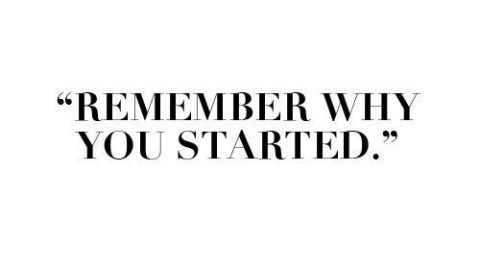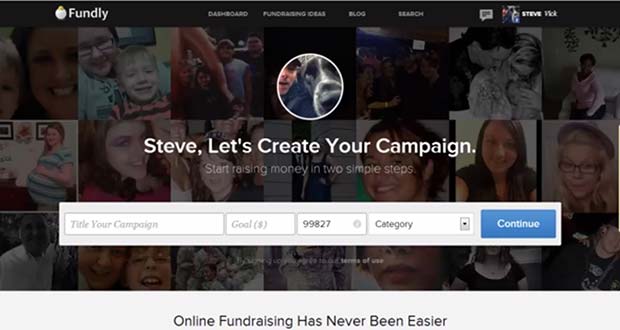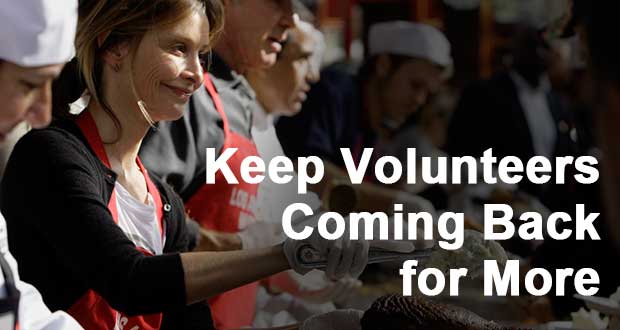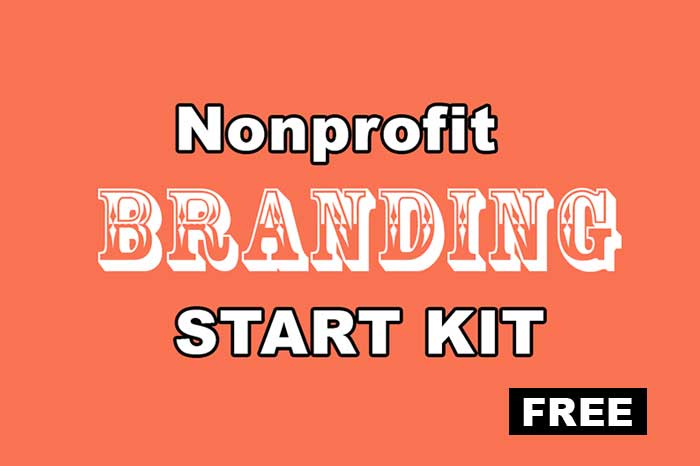True or false? Facts overrule emotions when it comes to decision making. Or do emotions set the path for your donor to reach deep into their pocket for their wallet? If your answer is facts, then…think again… (like I had to when I was first asked this question).
The fact is…facts DON’T matter. Emotions do. Neurologist and author Donald B. Calne tells us, “The essential difference between emotion and reason is that emotion leads to action, while reason leads to conclusions.”
According to Psychology Today, as your brain picks up on an emotion, it sends signals into your nervous system that create a certain feeling reaching your entire body, leading to certain thoughts in your brain. Even though there is no sophistication or precise measure for emotions, they do effect how quickly you make a decision.
In a recent study, conducted by CU-Boulder psychology professor Leaf Van Boven, he asked participants to watch four short nonfiction films from the series Doctors Without Borders. Each participant was given $100 to contribute to each film in fractions of their preference. The first part of the experiment had the four videos playing back-to-back without interruption. They were then told to give to each. In the second part of the experiment, each video played separately, giving the participants opportunity to give to each, one at a time. The results of the experiment was this: During the first part, participants gave more to the last video that played out of the four consecutive short films. In the second part, the participants gave more to the very first video they watched. This proves that whichever video caused an immediate emotional impact got the most fraction of the money. Van Boven stated, “There’s a lot of wisdom in facilitating immediate action from the point of view of understanding human psychology and getting people to respond when their emotions are most intense.”
There are rules to communication… 55% of communication is body language, 38% is voice tone and 7% is what you are actually saying, the words coming out of your mouth.
Most emotions are read through body language and tone of voice, which makes up 93% of audible and visual physique. And the best conduit of audio and visual format – video.
Why are emotions important to your video? It’s very critical that the more focus you put on your story, the better the outcome for the purpose of your video. But, how do you hone in on a story to create the emotion? How do you know which emotion to use that will engage with your audience? Hold on there….don’t freak out.
Emotions are comprised of positive and negative. With negative, there’s sad, fear, and anger. With positive, there’s hope, joy, and care. People look for relief when it comes to negative emotions, and desire the positive. OK, that’s obvious, I know.
In my next post, I will show you how to select the right emotion for your video. It starts with finding your purpose. Is it going to be for fund-raising? Team development? Audience awareness?
So think on this “purpose” for a while. And then in part two of this article, we will go into a step-by-step process that will help you produce better videos, with more emotion.














